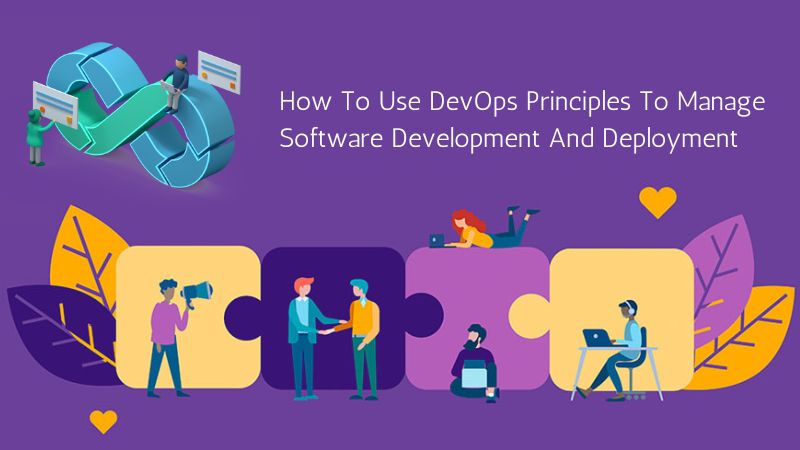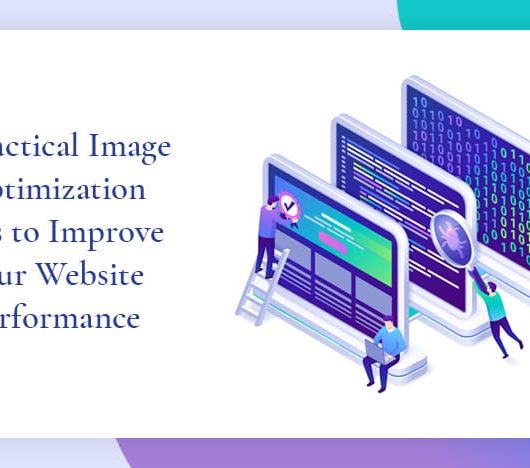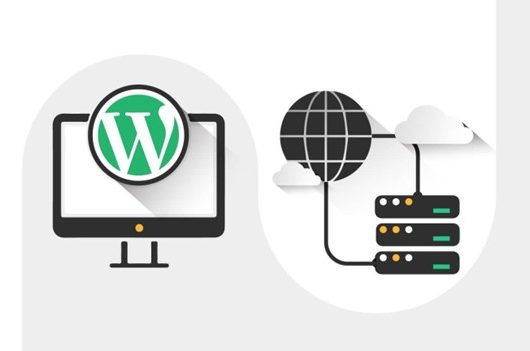DevOps is a set of concepts that DevOps service providers or development and operations teams use to provide high-quality software promptly.
In Agile, the Dev and Ops groups operated in isolation, which harmed the firm’s overall productivity. DevOps addresses this issue by integrating development and operations into a single group tasked with collaborating to achieve common goals.
Learn about the application of DevOps principles to manage DevOps software development and get the most out of DevOps.
DevOps – A Quick Rundown:
DevOps is a methodology that merges development and operations teams to streamline the software development process. It involves the employment of automation, collaboration, and communication tools to enable faster and more efficient software development, testing, and deployment.
The goal of DevOps is to enhance the quality of software releases while reducing the time it takes to bring new features and updates to market. DevOps emphasizes a culture of continuous improvement and feedback, with an emphasis on delivering value to the end user.
How To Employ DevOps Principles To Manage Software Development And Deployment:
DevOps principles are a set of practices and processes that help firms manage software development and deployment more efficiently. These principles emphasize automation, collaboration, and continuous improvement to streamline the software development lifecycle.
Let’s discuss how to employ DevOps principles to manage DevOps software development and deployment.
Feedback Exchange:
Feedback is crucial in DevOps. Developers want relevant data from countless sources to enhance the quality of the program. Without feedback, DevOps teams may waste time producing solutions that do not add value to consumers or stakeholders.
DevOps teams often solicit input from end users, stakeholders, and software-based monitoring systems at all stages of the release cycle. They get input through numerous avenues, including social media and questionnaires, as well as discussions with coworkers.
Continuous Integration:
Continuous integration is nothing but a DevOps practice that includes regularly integrating code amendments into a shared repository. This practice ensures that code changes are tested and validated before they are merged into the main codebase.
Continuous integration helps minimize the risk of code conflicts and ensures that the codebase remains stable. To implement continuous integration, firms should employ automated build and testing tools to validate code changes. They should also establish a code review process to ensure that code changes meet quality standards before they are merged into the main codebase.
Continuous Delivery:
Continuous delivery is a DevOps practice that includes automating the process of deploying code changes to production environments. This practice ensures that software updates can be delivered to end users quickly and reliably.
Continuous delivery also helps minimize the risk of deployment errors and enhances the overall quality of software releases. To implement continuous delivery, firms should use automated deployment tools to deploy code changes to production environments. They should also establish a release management process to ensure that software releases are tested and validated before they are deployed to production environments.
Infrastructure As Code:
Infrastructure as code is a DevOps practice that involves managing infrastructure resources using code. This practice enables firms to automate the process of provisioning and configuring infrastructure resources, such as storage, servers, and networking.
Infrastructure as code helps reduce the time it takes to provision infrastructure resources and enhances the consistency and reliability of infrastructure configurations.
To implement infrastructure as code, firms should employ configuration management tools to define and manage infrastructure resources using code. They should also establish a version control process to manage changes to infrastructure configurations and ensure that infrastructure resources are provisioned and configured consistently.
Version Control:
The heart of every effective DevOps process is version control, commonly known as source control. It assists DevOps teams in being organized, focused, and up-to-date on what teammates are doing.
Version control is also essential for ensuring that teams work more instantly and effortlessly to support frequent product releases.
In a word, version control is a centralized code repository—a location where developers submit code and track changes as they progress. Team members can build branches of the primary project in most systems for version control.
Independent developers can collaborate on branches of the project’s source code without altering the original version.
Each developer typically works on a distinct branch of the same project, contributing code modifications and performing automated tests. Before the recently written code is merged into the master branch, automation will construct the application to validate that the new code is interoperable with the current code.
If the build succeeds, developers integrate the new code with the main branch and either deploy it to production or perform further tests, according to the workflow.
DevOps teams can be certain that only error-free code is traveling down the pipeline and being released to production with a strong version control system in place.
Continuous Monitoring:
Continuous monitoring is a DevOps practice that involves monitoring software applications and infrastructure resources on an ongoing basis. This practice enables firms to identify and resolve issues quickly before they impact end-users.
Continuous monitoring also helps to enhance the overall reliability and performance of software applications. To implement continuous monitoring, firms should employ monitoring DevOps tools for enterprises to collect and analyze performance data from software applications and infrastructure resources. They should also establish alerting and escalation processes to ensure that issues are addressed promptly.
Collaborative Culture:
Collaboration is a key principle of DevOps. To implement DevOps practices effectively, firms should establish a collaborative culture that encourages communication and teamwork between development and operations teams. This culture should emphasize shared goals and a focus on delivering value to end-users.
To establish a collaborative culture, firms should employ collaboration tools to enable communication between development and operations teams. They should also establish cross-functional teams that include both development and operations personnel to facilitate collaboration and ensure that all stakeholders are involved in the software development and deployment process.
Conclusion:
DevOps principles can help firms manage software development and deployment more efficiently. By implementing practices such as continuous delivery, continuous integration, and infrastructure as code, continuous monitoring, and collaboration, firms can streamline the software development lifecycle and deliver high-quality software updates to end users instantly and reliably.











